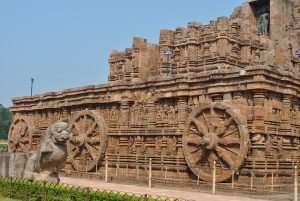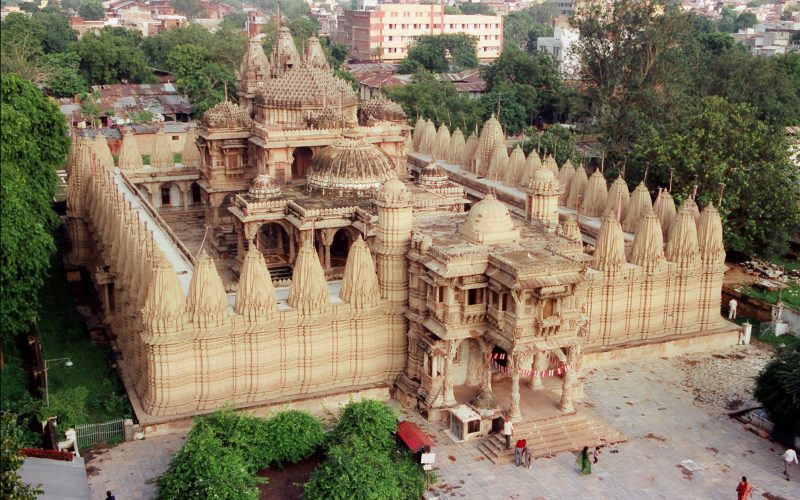Nestled amidst the ancient city of Kyoto, Myoshinji Temple stands as a beacon of spiritual enlightenment and tranquility. Steeped in centuries of history and Zen Buddhist tradition, this temple offers visitors a profound journey into the heart of Japanese spirituality.
History of Myoshinji Temple
Dating back to the 14th century, travel guide Myoshinji Temple has witnessed the ebb and flow of Japanese history. Originally founded by the renowned Zen master Kanzan Egen, the temple has endured wars, fires, and political upheavals, emerging stronger with each trial.
Architecture and Design
The architectural marvels of Myoshinji Temple reflect the elegance and simplicity inherent in Zen Buddhism. From the majestic main hall to the intricately landscaped gardens, every structure and element is imbued with profound symbolism and spiritual significance.

Zen Buddhism at Myoshinji
At the heart of Myoshinji Temple lies the practice of Zen Buddhism, characterized by its emphasis on meditation, mindfulness, and the direct experience of enlightenment. Visitors have the opportunity to engage in zazen meditation sessions under the guidance of experienced monks.
The Inner Garden
The Inner Garden of Myoshinji Temple offers a haven of serenity and contemplation amidst lush greenery and tranquil ponds. Visitors can stroll along winding pathways, pausing to reflect and meditate in this picturesque setting.
Cultural Influences
Myoshinji Temple is home to a treasure trove of artistic masterpieces, including ancient scrolls, intricate woodblock prints, and exquisite calligraphy. These artifacts not only showcase the skill and creativity of generations past but also serve as windows into the spiritual and cultural heritage of Japan.
Tradition in Every Sip
The tea ceremony holds a special place in Japanese culture, symbolizing harmony, respect, and mindfulness. At Myoshinji Temple, visitors can partake in this time-honored ritual, savoring each moment as they prepare and enjoy a bowl of matcha tea in the tranquil surroundings of the temple grounds.

Is Myoshinji Temple open to the public all year round?
Yes, Myoshinji Temple is open to the public throughout the year. However, it’s essential to check for any temporary closures or special events that may affect regular visiting hours.
What is the significance of the temple’s architecture?
The architecture of Myoshinji Temple reflects centuries of cultural and spiritual significance. Its design embodies the principles of Zen Buddhism, emphasizing simplicity, harmony, and reverence for nature.
Can visitors participate in meditation sessions?
Yes, visitors are welcome to participate in meditation sessions offered at Myoshinji Temple. These sessions provide an opportunity to experience the transformative power of Zen practice in a serene and supportive environment.
Are there any restrictions for photography?
While photography is generally permitted within the temple grounds, visitors are asked to exercise discretion and respect the sacredness of the surroundings. Certain areas may be designated as photography-free zones out of respect for ongoing rituals and ceremonies.
Conclusion:
As custodians of this sacred space, the caretakers of Myoshinji Temple are dedicated to preserving its legacy for future generations. Through ongoing conservation efforts, community engagement, and educational initiatives, the temple continues to serve as a beacon of serenity and enlightenment in an ever-changing world. Whether seeking solace in the beauty of its gardens, participating in a traditional tea ceremony, or simply basking in the peaceful atmosphere, a visit to Myoshinji Temple is sure to leave a lasting impression on the heart and soul of every traveler.










